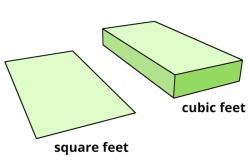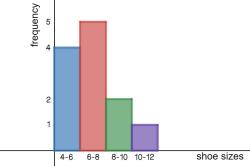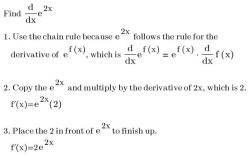How do you eliminate a parameter from a parametric equation?
Eliminating a parameter from parametric equations involves expressing the equations solely in terms of the variables without using the parameter. The process depends on the specific parametric equations you are working with. Here's a general guide for eliminating a parameter:
Steps to Eliminate a Parameter:
Given Parametric Equations:
- Start with the given parametric equations, typically in the form and , where is the parameter.
Express One Equation in Terms of the Other:
- Choose one of the equations (either or ) and solve it for the parameter . This involves expressing in terms of the other variable. For example, if you start with , solve for to get .
Substitute into the Other Equation:
- Substitute the expression obtained in step 2 into the other equation. If you solved for in terms of , substitute into the equation for , or vice versa.
Simplify:
- Simplify the resulting equation by combining like terms, factoring, or using algebraic techniques to eliminate the parameter.
Example:
Let's consider an example with the parametric equations:
Step 1: Choose one equation and solve for . Let's choose the first equation .
Step 2: Substitute into the second equation .
Step 3: Simplify the expression.
Now, the equation is expressed solely in terms of without the parameter , and we have successfully eliminated the parameter.
Keep in mind that the process may vary depending on the specific parametric equations you are working with. In some cases, you may need to use trigonometric identities or additional algebraic techniques to eliminate the parameter.
How can a parameter be eliminated from a given parametric equation?
There are several ways to eliminate a parameter from a parametric equation, depending on the specific equation and your goals. Here are some common methods:
1. Solve one equation for the parameter:
This method involves manipulating one of the equations to express the parameter in terms of the other variable. Then, you substitute this expression into the other equation, eliminating the parameter and obtaining a relationship between the two variables directly.
2. Use trigonometric identities:
If the equations involve trigonometric functions, you can sometimes use trigonometric identities to eliminate the parameter. For example, you can use the Pythagorean identity to relate sine and cosine, or the angle addition formulas to combine trigonometric expressions.
3. Find a relationship between the derivatives:
In some cases, differentiating both equations with respect to the parameter can lead to a relationship between the two variables that does not involve the parameter. This can be useful for finding the slope of the tangent line or other geometric properties.
4. Use geometric relationships:
If the parametric equations represent a geometric curve, you can often use known geometric properties to eliminate the parameter. For example, you can use the distance formula, the slope formula, or area formulas to express relationships between the coordinates that do not involve the parameter.
Here are some additional tips for eliminating a parameter:
- Look for patterns in the equations that might suggest a way to eliminate the parameter.
- Use algebraic manipulation techniques such as factoring, combining like terms, and solving equations.
- Consider using graphing software to visualize the parametric equations and explore potential solutions.
- Consult textbooks or online resources for examples and specific strategies for different types of parametric equations.
It is important to note that not all parametric equations can be easily solved for y in terms of x. In some cases, the relationship between the variables may be more complex and require alternative methods of analysis.













